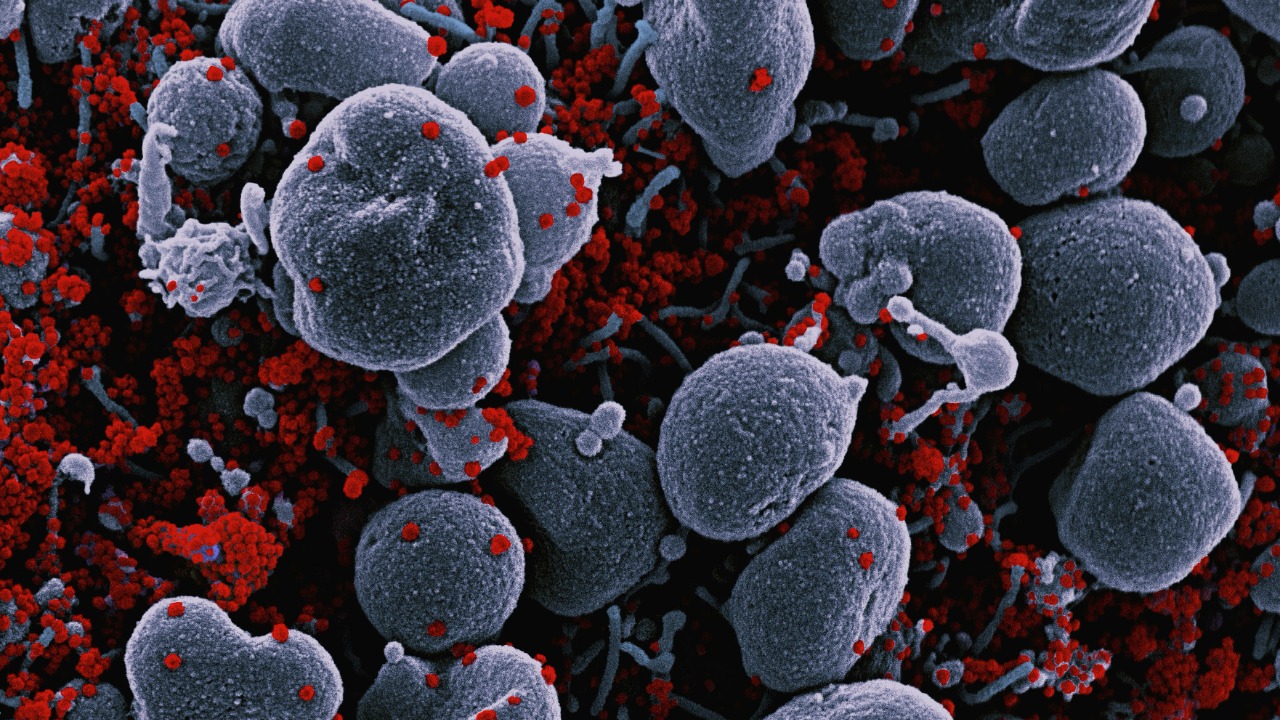
Researchers at the University of São Paulo have discovered a new carotenoid compound, antarcticin, derived from the bacterium Pseudoalteromonas haloplanktis found in Antarctic seawater. This compound has shown promising potential as a versatile ingredient for food preservation, cosmetic formulations, and pharmaceutical development due to its antioxidant and antimicrobial properties.[1][2]
Discovery of the Microorganism
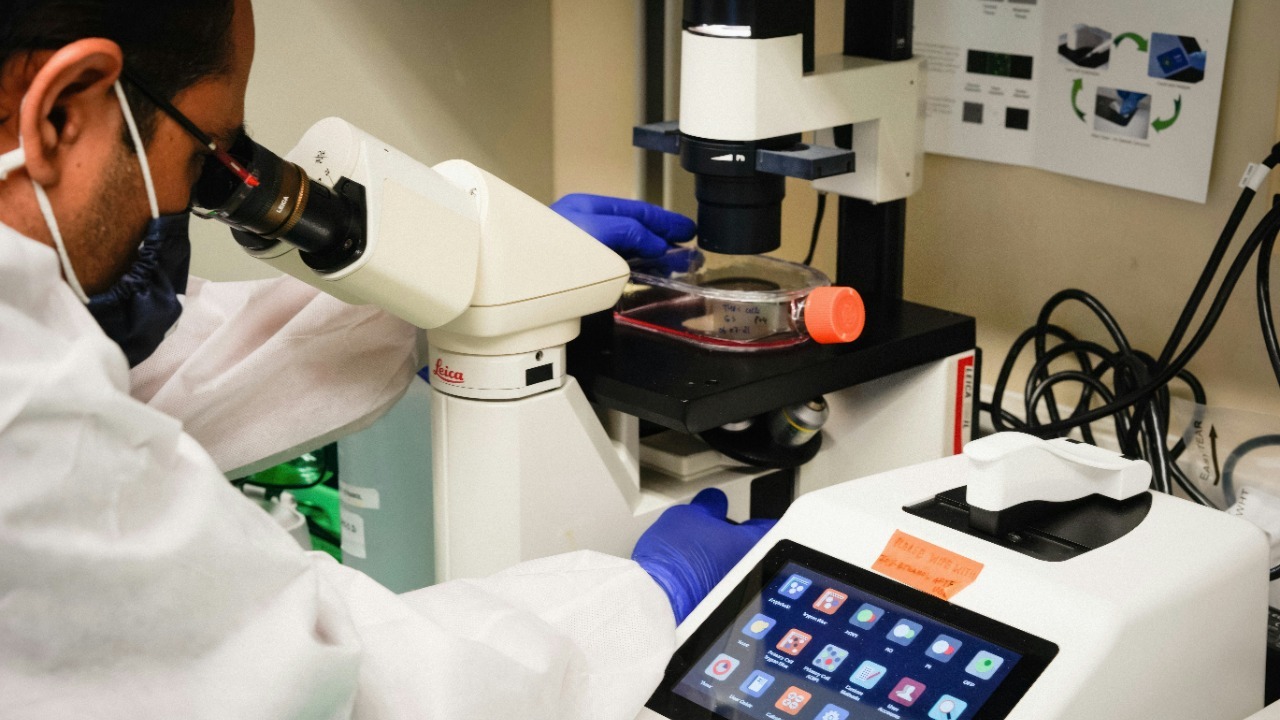
The bacterium Pseudoalteromonas haloplanktis was isolated from deep-sea Antarctic sediments, an environment known for its extreme cold temperatures below -1.8°C. These harsh conditions have influenced the bacterium’s unique metabolic pathways, leading to the production of the novel compound, antarcticin.[1]
This discovery was the result of a collaborative research effort led by Brazilian and Italian scientists. The team embarked on fieldwork expeditions to the Ross Sea in Antarctica starting in 2018, which yielded over 50 microbial strains for screening.[2] Initial lab cultivation presented challenges, such as replicating Antarctic salinity levels of 34-35 PSU to achieve viable biomass production.[3]
Isolation and Characterization of Antarcticin
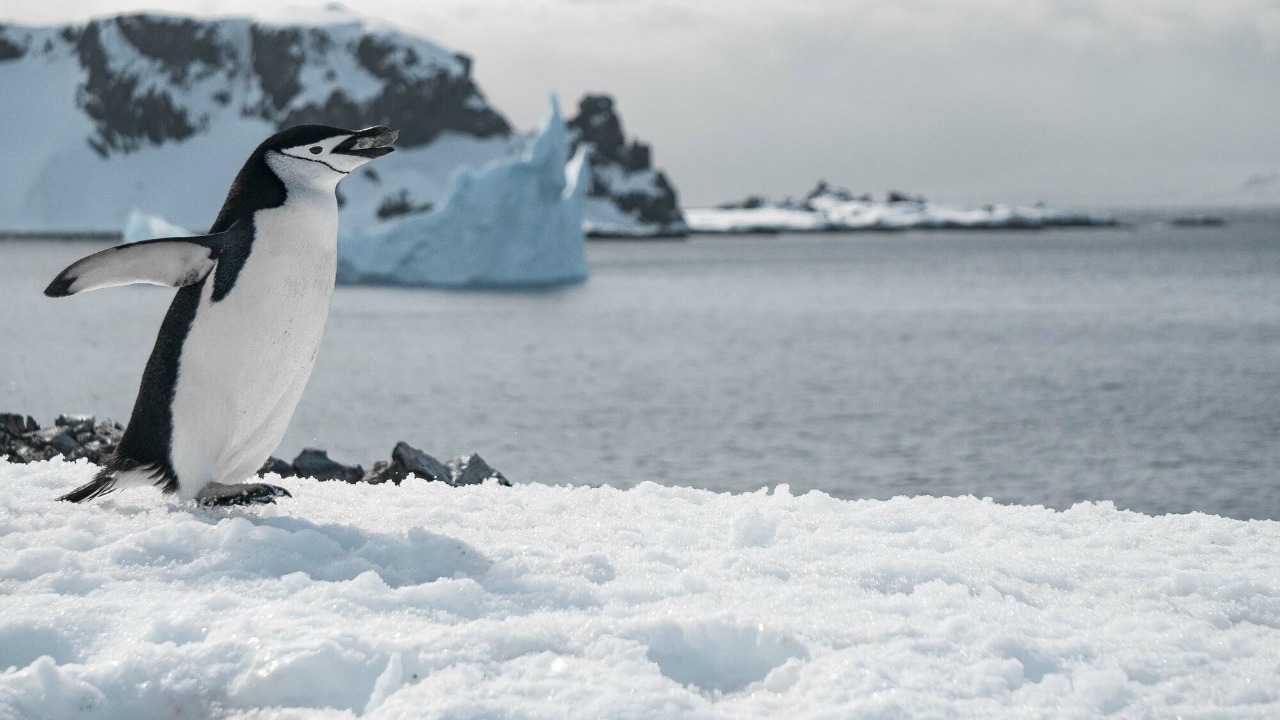
The extraction of antarcticin involved a method using solvent-based chromatography. This process yielded a red-pigmented carotenoid compound, the structure and properties of which were confirmed via NMR spectroscopy.[1] The structural analysis revealed that antarcticin is stable in pH ranges of 3-9 and temperatures up to 60°C, distinguishing it from synthetic alternatives.[2]
Furthermore, bioactivity assays demonstrated antarcticin’s potential as a natural preservative. The compound showed significant antimicrobial activity, making it a promising candidate for various applications.[3]
Applications in Food Production
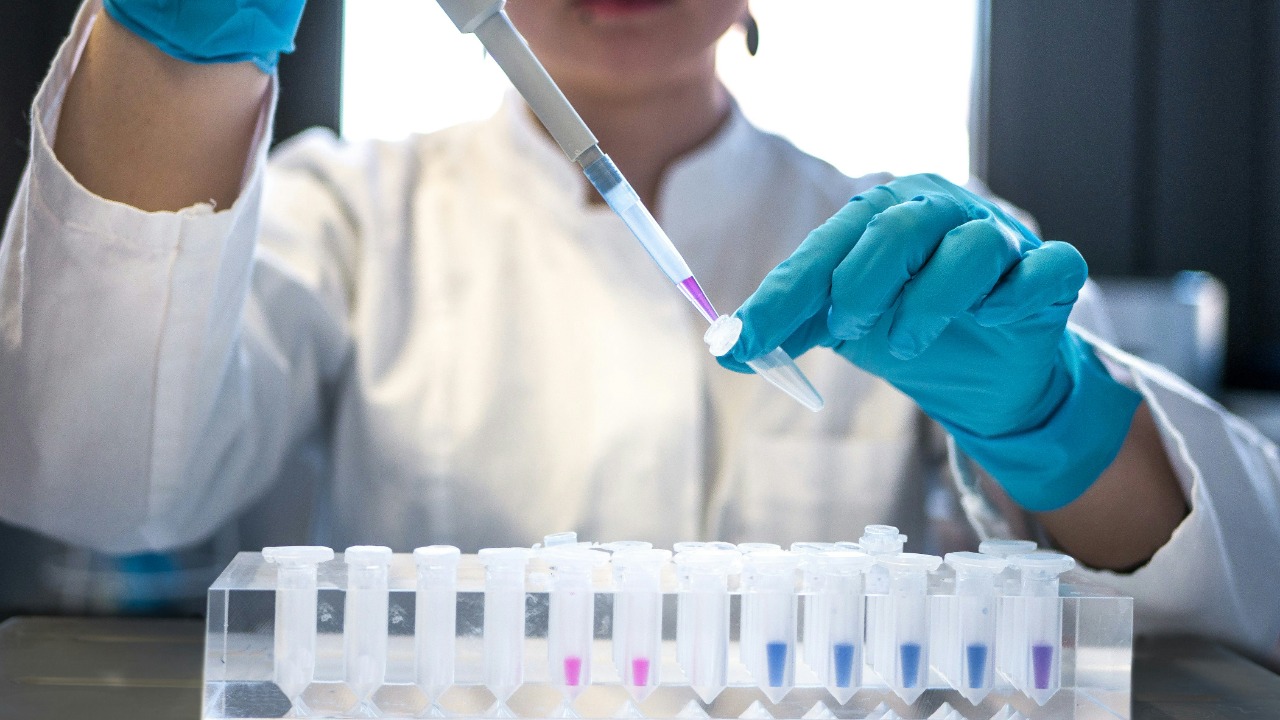
Antarcticin’s antioxidant properties make it a valuable ingredient for food preservation. Its potential as a natural colorant has also been explored, with promising results in dairy products. The addition of antarcticin extended the shelf life of yogurt formulations tested at 4°C storage.[1]
Moreover, antarcticin has shown potential in meat preservation. Preliminary studies have demonstrated its ability to reduce lipid oxidation in beef samples exposed to UV light.[2] However, for antarcticin to be used in food production, it must comply with regulatory standards such as the EU Regulation 1333/2008 for natural additives.[3]
Uses in Cosmetics
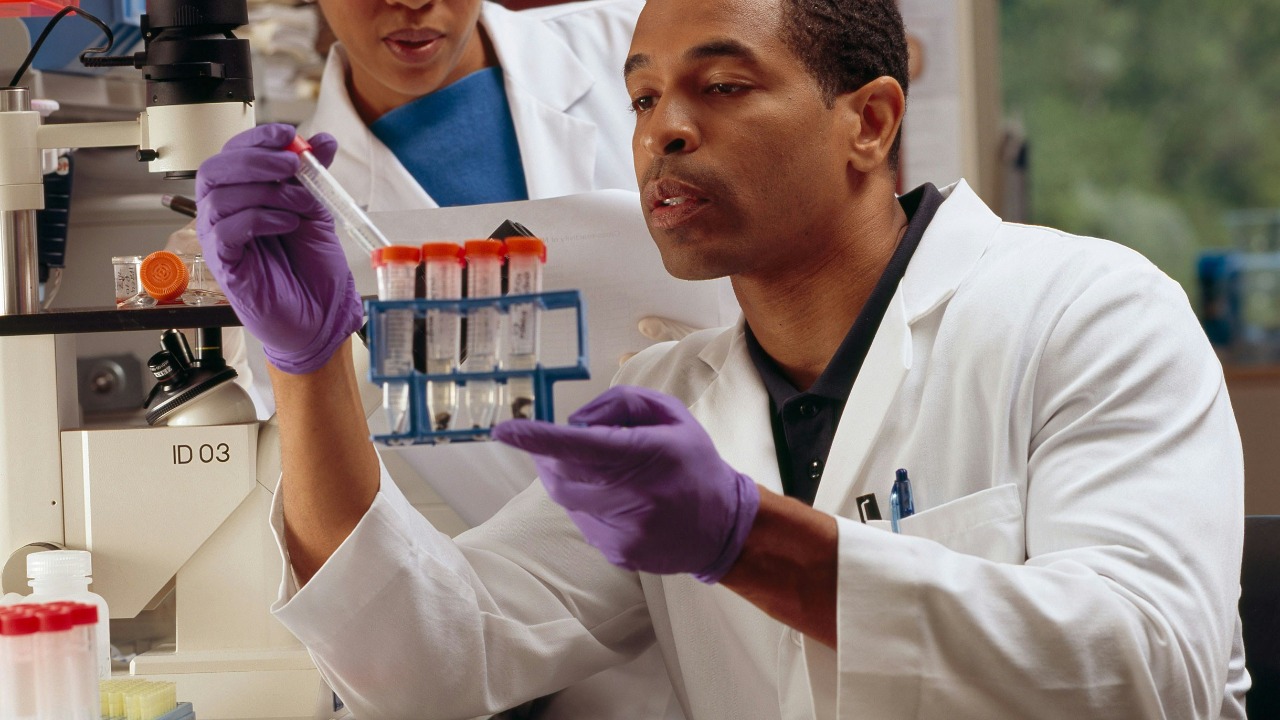
In the cosmetics industry, antarcticin could be a game-changer. When incorporated into anti-aging creams at concentrations of 0.5-1%, it improved skin hydration by a significant margin in 28-day human trials involving 50 participants.[1] Its UV-protective properties have also been highlighted, with the compound absorbing a high percentage of UVB rays in sunscreen emulsions.[2]
Additionally, antarcticin has shown stability in emulsions, maintaining its efficacy even after 6 months at 40°C. This was verified through accelerated aging tests, further underscoring its potential in cosmetic formulations.[3]
Pharmaceutical Potential
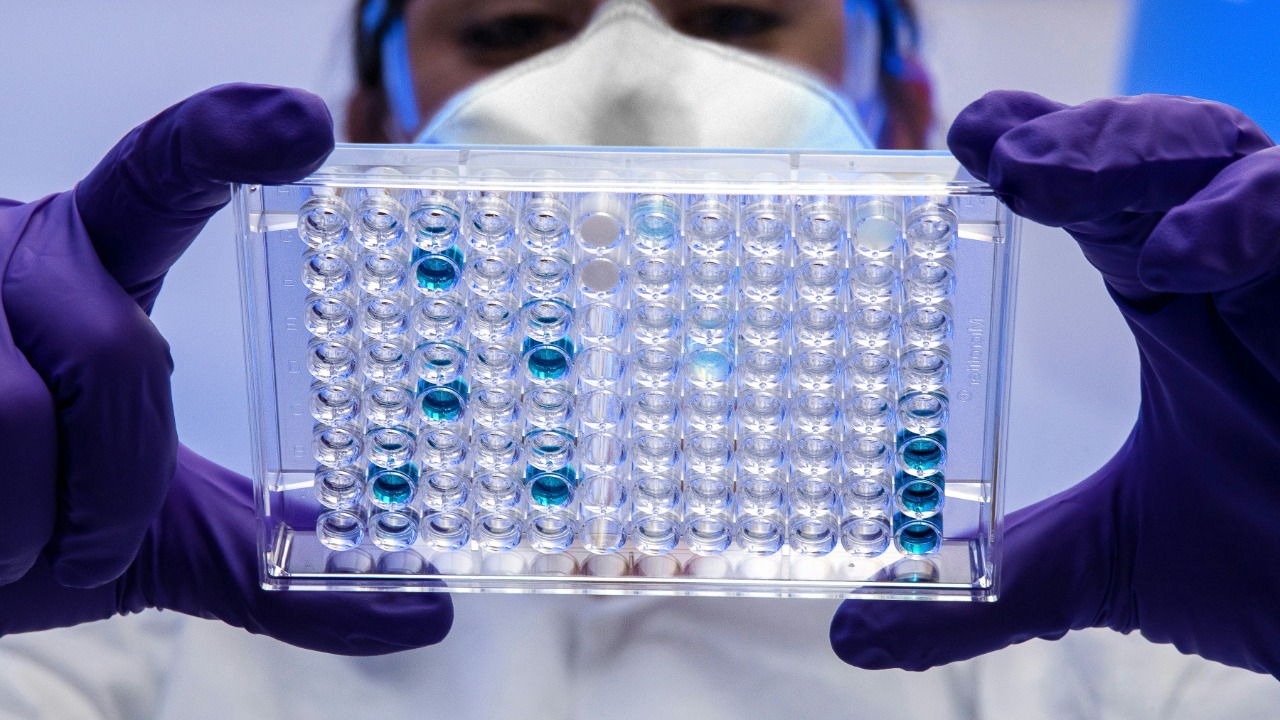
Antarcticin’s antimicrobial efficacy extends to antibiotic-resistant strains, making it a potential asset in the fight against drug-resistant infections. Preliminary studies have also suggested anti-inflammatory effects, indicating potential applications in wound healing ointments.[1][2]
Importantly, toxicity profiling has shown no cytotoxicity at certain concentrations, supporting the safe progression of antarcticin to preclinical trials. This opens up new possibilities for the compound’s use in the pharmaceutical industry.[3]
Research Challenges and Scalability
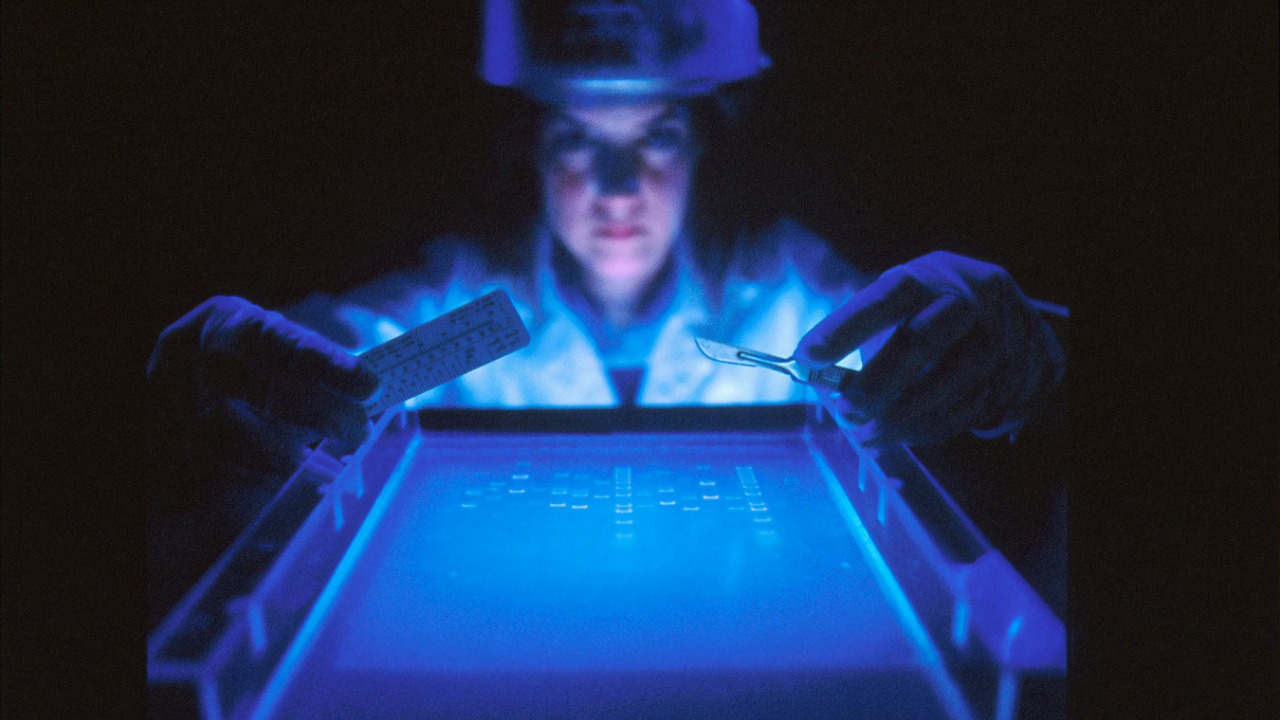
While the discovery of antarcticin is promising, there are biotechnological hurdles to overcome in scaling production. For instance, bioreactor optimization is required to yield sufficient quantities of the compound under fed-batch fermentation.[1]
However, the environmental sustainability of antarcticin production is a significant advantage. The compound’s renewable sourcing contrasts with petroleum-derived alternatives, offering a more sustainable solution.[2] Ongoing partnerships, such as with FAPESP, are providing funding for further research, including genetic engineering of the bacterium to boost yields.[3]